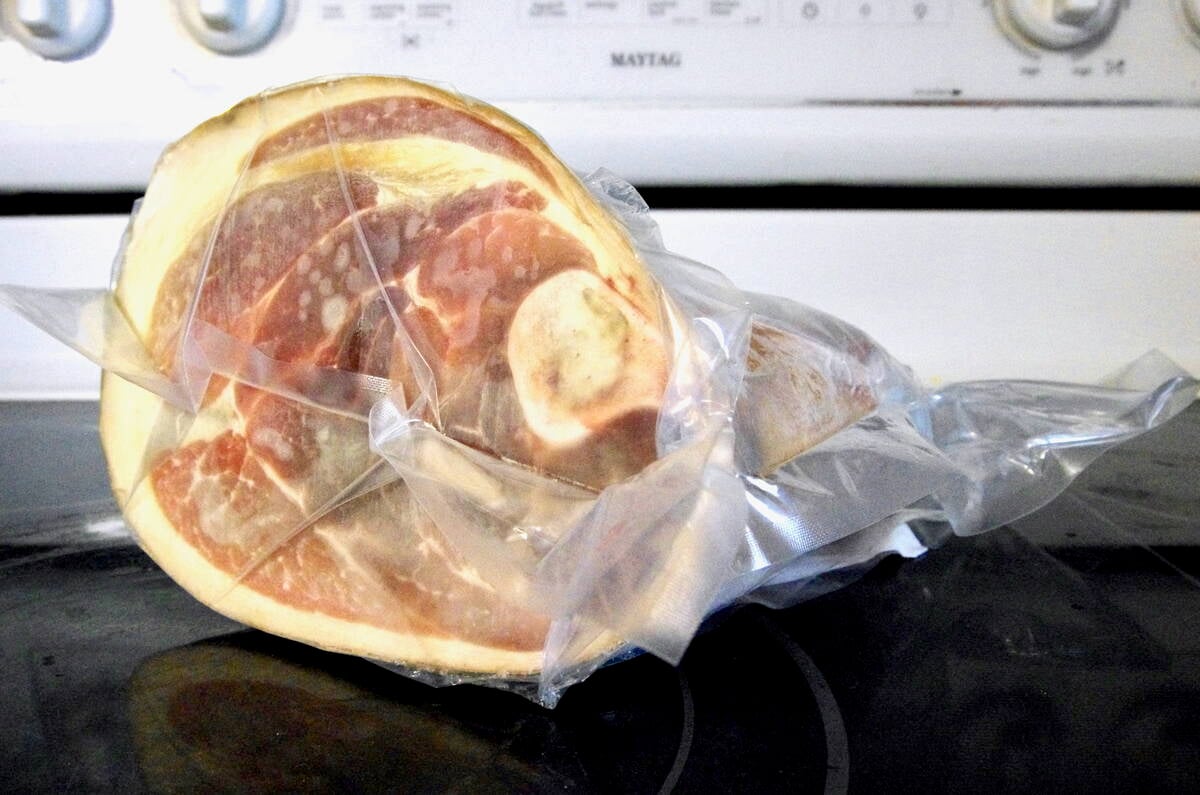KILLARNEY, Man. – A couple of years ago, cold hog barns were causing sick pigs at the Mayfair Hutterite Colony southwest of Killarney.
Pneumonia was the most common ailment among the animals during the winter. The colony’s heating system was not able to keep the barns warm.
The Mayfair colony runs a 1,000-sow, farrow-to-finish operation heated by a variety of sources, including propane, electricity and diesel fuel.
“You couldn’t afford to crank out enough heat,” said Steve Gross, who runs one of the two breeder barns at Mayfair. “It cost too much money.”
Read Also

Trade war may create Canadian economic opportunities
Canada’s current tariff woes could open chances for long-term economic growth and a stronger Canadian economy, consultant says — It’s happened before.
The colony’s search for a more efficient system eventually led it to the King Coal Furnace Corp., headquartered in Bismarck, North Dakota. The company makes coal-burning furnaces, with stokers and boilers as prominent features.
The Mayfair colony was convinced it had found the solution to its cold-weather worries. The colony bought a King Coal furnace and had it ready last year to heat the hog barns.
“It’s a lot drier heat than propane,” said Gross, explaining the merits of the coal-burning unit. “The barns are much drier.”
King Coal has sold a dozen such units to Hutterite colonies in Manitoba. Company owner Mike Robb said the furnaces usually pay for themselves within a couple of years due to the savings on heat costs.
It is too early to tell whether the Mayfair colony will realize those kinds of savings. However, it is planning to extend the same heat to its workshops.
“We had a few kinks to get out of it, but it’s going good now,” said Melvin Waldner, head plumber at the colony.
The coal-burning system is controlled automatically by a computer. While managing the flow of coal through the system, the computer also alerts the colony to any problems. If the door on the stoker was left open, for example, an alarm would sound within minutes.
The Mayfair colony buys its coal from Estevan, Sask. Including the cost of trucking, the colony spends about $26.67 per tonne of coal. Waldner figures they use an average of seven to eight tonnes a day during the winter.
The Mayfair colony sends its trucks to haul the coal from Estevan. The coal gets poured into a receiving pit at the colony and is then carried into a holding bin via an elevating leg. Another leg carries the coal into the stoker as needed.
Water heated in the boiler is pumped through pipes that run through the hog barns and then back to the boiler. Fans and vents help to circulate heat inside the barns.
In the colony’s two breeder barns, piping was installed in the floors to provide radiant heat. The colony has eight barns occupying 94,000 sq. feet of space.
The Mayfair colony opted to install a dust collector with its coal-burning furnace. That collector filters out much of the dust given off by the coal burner. Outside the building where the equipment is housed, there is no evidence of ash in the snow.
“They trap more than 90 percent of the dust that comes out of their system,” Robb said. “That winds up in their ash disposal.”
The Spring Valley Colony near Brandon, Man., also bought a coal-burning furnace from King Coal. Now into its third winter of using coal, the colony seems impressed with the outcome.
Spring Valley president Sam Hofer said they were using propane before converting to coal. He estimated their propane bill reached an average of $14,000 to $15,000 per month during the winter. He pegged the average cost of using coal at $4,600 per month.
Spring Valley heats all of its hog barns with the coal-burning plant. Hofer said they are considering extending that heat to their workshops, as well.
Before opting for coal, the colony explored having natural gas piped in. Although only 14 kilometres from a source of natural gas, Hofer said the cost of installing a line to the colony was “outrageous.”
“We could afford to put in our coal burner and come out way ahead of the game.”
Hofer believes the coal-burning system has already paid for itself due to the dramatic cut in heating costs.
“We’re very happy with it,” he said.
The size and capacity of the coal burners varies to accommodate the different needs of buyers, said Robb. King Coal also manufactures stokers for other fuels, such as wood and strawboard.
“Every colony is different,” said Robb, in reference to the furnaces installed in Manitoba. “There are no two systems we have up there that are the same.”














